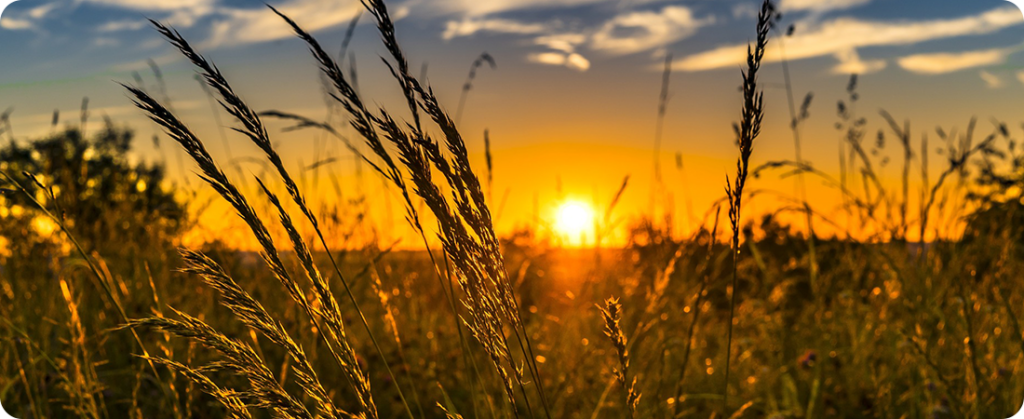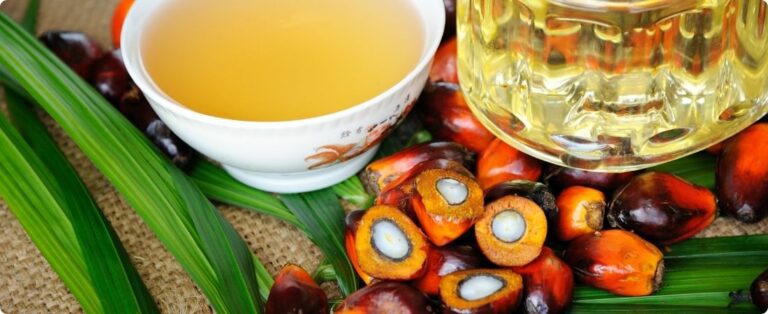
According to recent data from Conab's weekly bulletin, wheat production in Brazil's main producing states faces challenges. This is due to significant climate variations.
Excessive rainfall affects prominent states such as Rio Grande do Sul and Paraná. This impacts flowering and grain filling. Furthermore, the incidence of diseases increases due to high soil humidity.
Furthermore, pollination problems are being caused by intense rainfall. These adverse weather conditions are threatening the productivity and quality of wheat in the country.
According to Portal Agrolink meteorologist, Gabriel Rodrigues, in Rio Grande do Sul, where the harvest is starting, representing only 1% of the areas, the weather conditions are unfavorable. This is promoting disease incidence, making control more difficult due to high soil moisture.
Wheat harvest in Brazil: Challenges and successes in different states
Meanwhile, in Paraná, which has already harvested more than half of its crops, high temperatures during the production cycle are causing problems. These include reduced tillering, presence of diseases and difficulties in pollination. This is due to heavy rains in the initial flowering phase.
In São Paulo, 50% of the sown area has already been harvested. The lack of rain generated pests and diseases. This resulted in type 2 and type 3 classifications for the harvested cereal, lower than expected.
Santa Catarina, in turn, presents a more positive outlook, with good crop development and areas in vegetative development phases, with the most advanced ones being harvested. However, the forecast of extreme rain for next week is worrying.
On the other hand, states like Bahia and Minas Gerais see more optimistic scenarios. In Bahia, the ongoing harvest has excellent quality and productivity. In Minas Gerais, the harvest is close to completion, with emphasis on predominantly irrigated crops, which are of good quality. In the states of Goiás and Mato Grosso do Sul, farmers have already completed the harvest, successfully ending the cycles.
Farmers across Brazil continue to be challenged by the changing climate scenario, and it is crucial that they pay constant attention to weather conditions to make informed decisions in managing wheat crops.

By October 1st, at least 35% of the wheat crop in all 8 states monitored by Conab had been harvested, representing an increase of 6% compared to the last monitoring and 12.6% compared to the same period of the last harvest.
Soybean harvest in Brazil: Goiás and Mato Grosso do Sul conclude; Minas Gerais leads advance

For states such as Goiás and Mato Grosso do Sul, which have the harvest completed or in the final stages (100% and 100% respectively, according to data from October 1st), they contrast with the previous week's indices of 85% and 98% respectively.
Minas Gerais shows a significant advance, jumping from 93% in the previous week to 98.5% on October 1st. Progress of 5.5 percentage points may be indicative of effective mobilization in harvesting strategies.
Paraná also advances, but in a more contained manner, from 48% to 60%, demonstrating that, despite progress, climatic adversities may be slowing down the momentum of the harvest.
On the other hand, Bahia presented a significant evolution in the harvest with 90% of completed operations, a significant jump compared to the 80% of the previous week.
Rio Grande do Sul, Santa Catarina and São Paulo are at different stages of the harvest cycle, with 1%, 3% and 50% respectively, which suggests that climate impacts or other factors are influencing delays or slowing down the evolution of the harvest.
Source: Aline Merladete and Gabriel Rodrigues | agrolink










